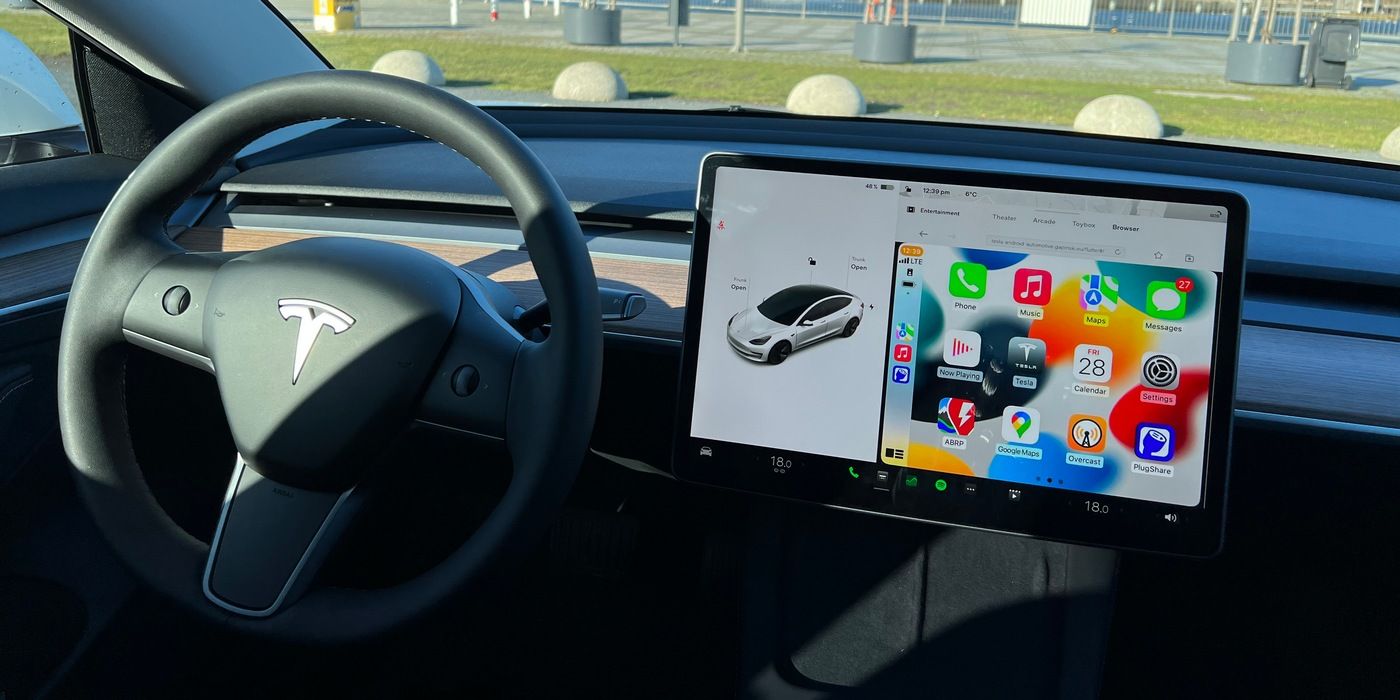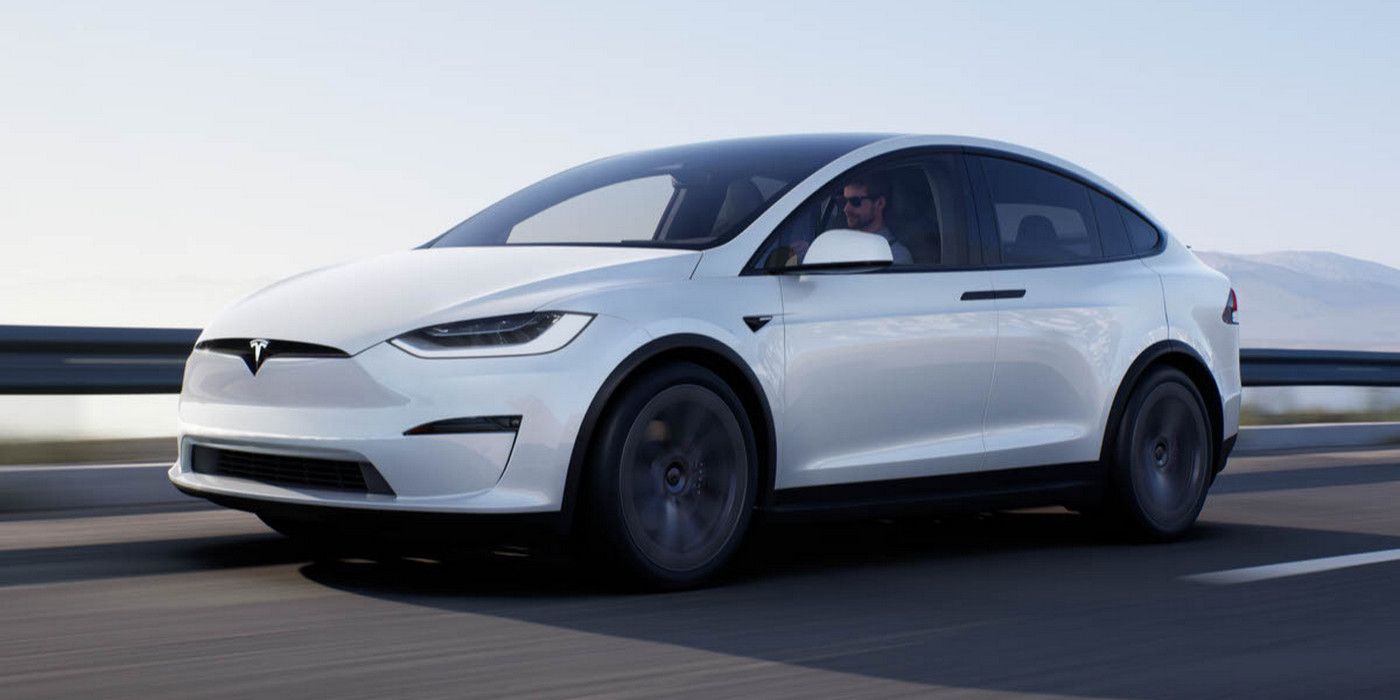A developer has found a way to add support for Android Auto and Apple CarPlay on Tesla vehicles using a web browser and some off-the-shelf hardware. Tesla's operating system includes a ton of handy features, including Full Self-Driving (FSD), Spotify and Netflix integration, the ability to play AAA video games, and more. However, the one noticeably absent feature is support for Android Auto and Apple CarPlay. This makes Tesla one of the only major automakers that do not support either of the two systems in its vehicles.
In 2022, it is difficult to imagine new cars shipping without either Android Auto or Apple CarPlay. In fact, many newer vehicles offer both systems, enabling both Android and iPhone users to mirror their smartphones to their car's infotainment system. Even when an automaker leaves out these features from their cars, it is only a temporary measure in most cases. For example, BMW is currently shipping cars without support for Android Auto and Apple CarPlay, but the company says it plans to add these features through a software update in the future.
Developer Michał Gapiński of the Tesla Android Project has managed to come up with a hack to run both Android Auto and CarPlay on Teslas. While the project has been in the works for some time, the first 'alpha' version was released this week and it is now officially available for tech-savvy DIY enthusiasts to try out on their Teslas. The process involves the use of additional hardware, including two Raspberry Pi single-board computers, as well as other add-on cards and cables. The hardware requirements include a Raspberry Pi 4 with a recommended 4GB of RAM to run Android, as well as a Raspberry Pi 3 or newer to run Linux. Other requirements include a Geekworm module for video capture, an LTE modem for connectivity, and a few cables.
The Setup Process Might Be Simplified In The Future
According to Gapiński, the method will eventually be simplified to use just one Raspberry 4 board, but the initial few releases will still use two boards as it "allows easier development and testing of new features." Once the hardware is installed, users will need to go through the detailed setup process that will enable them to connect to the custom build of Android on the Raspberry Pi. The setup process is a little complicated, but not too daunting for people who have worked with Raspberry Pi or similar single-board computers before.
Once the setup process is complete, users can launch Android Auto or Apple CarPlay to mirror their smartphone on their Tesla's center screen. While the process is unlikely to ever be plug-and-play, Gapiński says that the ultimate aim is to simplify the process enough so that the setup can be completed "in a matter of minutes." If the hack becomes easier, it could see tremendous interest among Tesla owners in the future.
Source: Tesla Android Project


